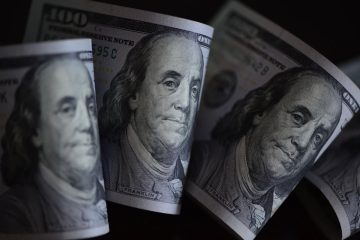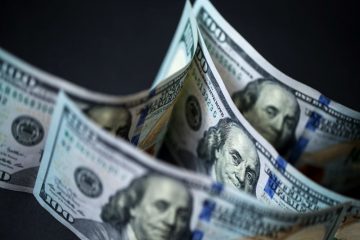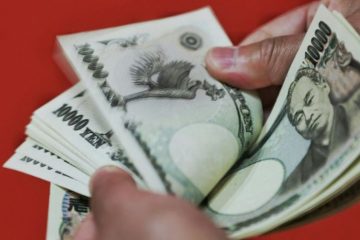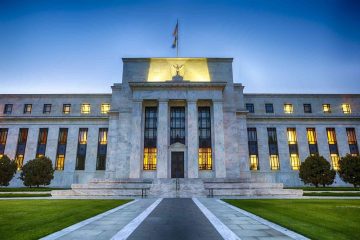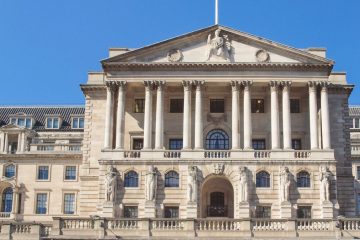For the fourth consecutive meeting, the US Fed maintains stable rates
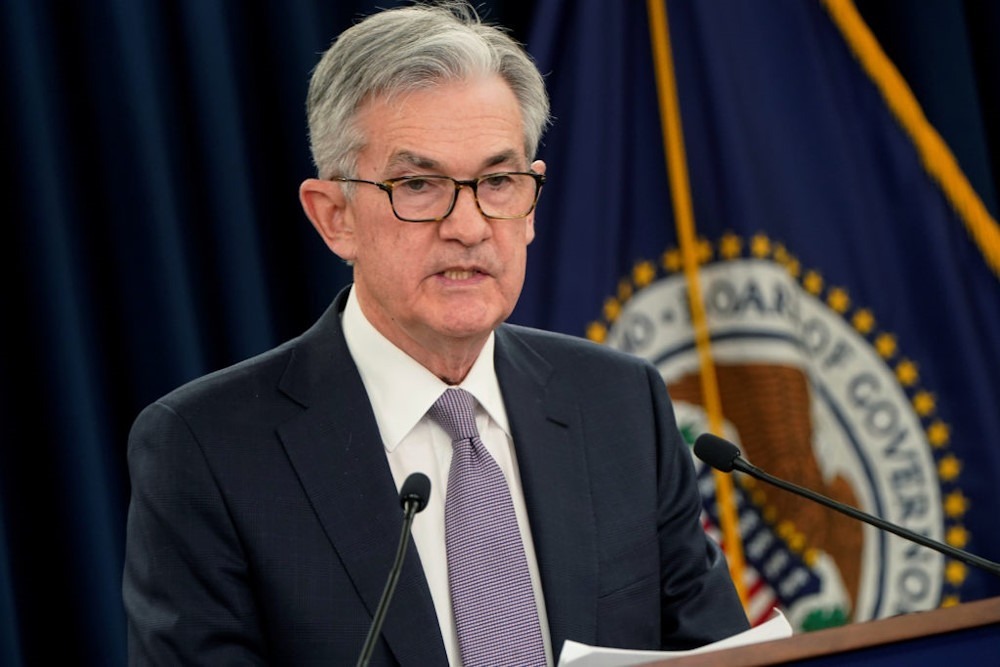
The US Federal Reserve maintains its interest rates for the fourth consecutive meeting, while signaling a willingness to consider rate cuts in the future. The US Federal Reserve’s Federal Open Market Committee (FOMC) has once again chosen to keep its benchmark interest rate unchanged, maintaining it at 4.25 per cent to 4.5 per cent. This signifies the fourth consecutive gathering in which rates have held steady. The committee’s voting members unanimously supported the decision. Following the meeting, the Fed issued a statement indicating that “Inflation remains somewhat elevated” and observed that “recent indicators suggest economic activity has continued to expand at a solid pace.” It noted that the “unemployment rate remains low” and that “labour market conditions remain solid,” indicating sustained confidence in the overall robustness of the economy.
Powell highlights the increasing inflation of goods associated with tariffs. Federal Reserve Chair Jerome Powell stated that Fed policy makers anticipate inflation in goods prices to rise throughout the summer as the effects of President Donald Trump’s tariffs reach US consumers. “We’ve had goods inflation just moving up a bit,” Powell stated during a news conference following the Fed’s decision to keep rates steady. “We anticipate observing an increase in that trend throughout the summer months.”
Powell remarked that it requires time for tariffs to permeate the goods distribution chain, highlighting that numerous products available at retail were imported several months prior to the imposition of tariffs. “So we’re beginning to see some effects, and we do expect to see more of them over coming months,” he stated. “Price increases are observed in several relevant categories, such as personal computers and audio-visual equipment, which can be attributed to tariff increases.”
Trump advocated for substantial reductions in interest rates Earlier in the day, US President Donald Trump expressed his disapproval of the anticipated action, insisting on considerably larger rate reductions between 1 and 2.5 percentage points. Decisions made by the Fed are the result of thorough discussions among the seven governors appointed by the president and a rotating assembly of five presidents from regional banks.

